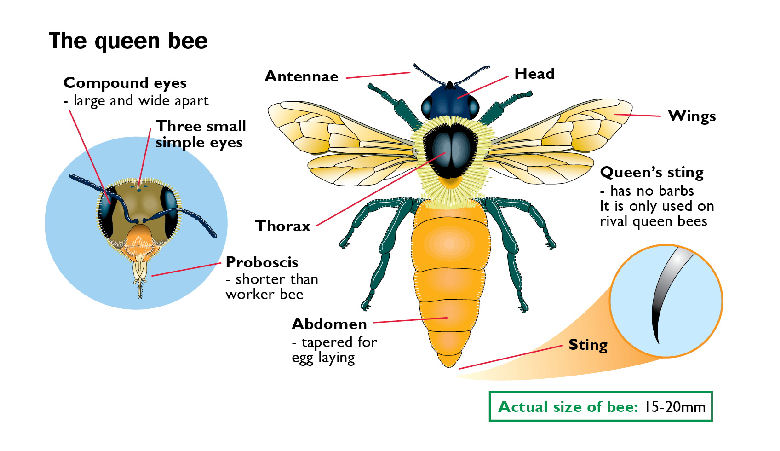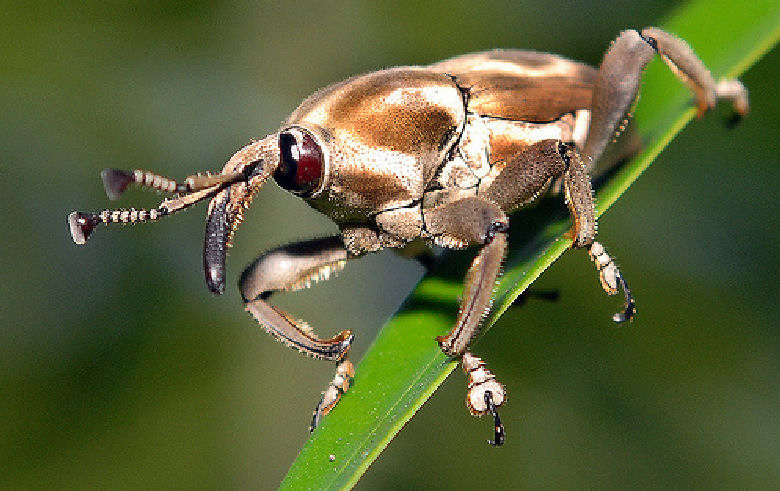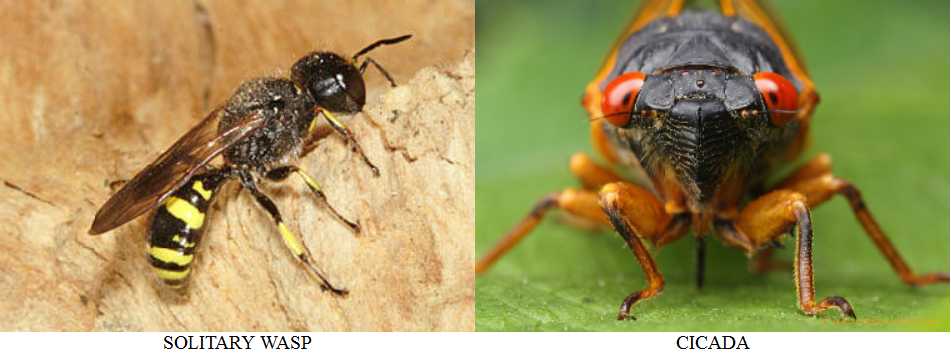Category Archives: WHAT?
137.WHAT MAKES A QUEEN BEE A “QUEEN?”
In order for there to be a “queen bee,” there must be a colony of bees. But not all bees live in colonies. There are species of bees called “solitary” bees. Among them there are only two kinds of bees, the males and the egg-laying females.
But bees that live in colonies, called “social bees,” have a third form of bee known as “workers.” The workers are really female bees that ordinarily do not lay eggs. So in a colony of social bees we have the workers, the males, who are called “drones,” and the one egg laying female, the mother of the colony, who is called the “queen.”
136.WHAT IS A BOLL WEEVIL?
When the presence of the boll weevil within the United States was first discovered, cotton growers refused to believe that this little brown beetle could cause serious damage. The discovery was made about 1892, in southern Texas. About 30 years later, it was estimated that the boll weevil had decreased the annual cotton crop by more than 6,000,000 bales!
The boll weevil is a native of Central America. It worked northward through Mexico, and crossed the border into Texas at Brownsville. Like most insects, it has a keen sense of smell. Experiments have shown that the boll weevils which have just come forth in the final, or beetle stage of their development can head straight for a cotton field several miles away!
135.WHAT DO WASPS EAT?
Almost all insects have interesting ways of caring for their young, but few of them show as much skill as the wasps. Some wasps build little houses of mud for their babies. Others make nests of paper. Some dig caves in the earth, and some saw out little cells in wood.
When the house is built, each mother goes out to hunt for food to stock the house. Young wasps are very particular about their diet. Some will eat only spiders, some beetles, some flies, and many of them will eat nothing but living food.




